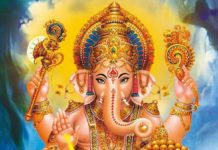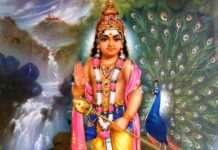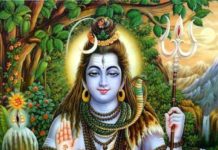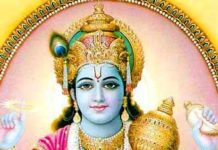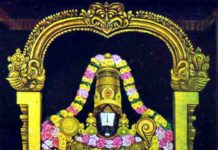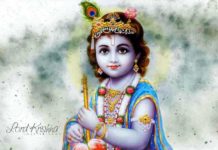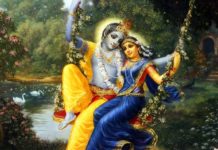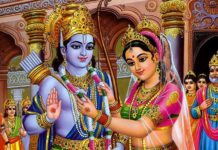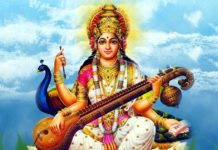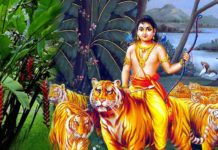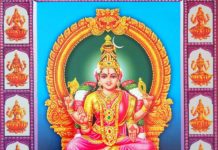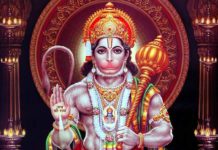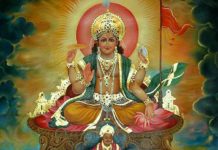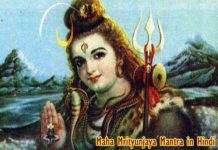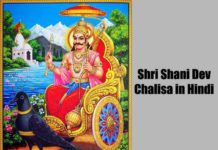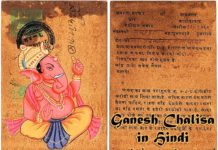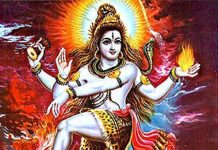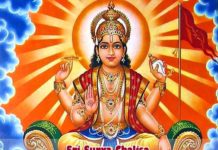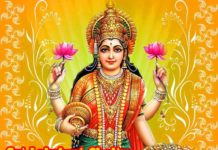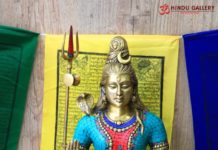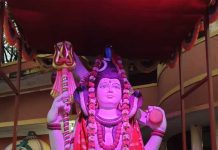Parama Ekadashi is the eleventh day from the Pournami day (Krishna Paksha Ekadashi) which occurs on the Krishna Paksha Ekadashi Tithi of the Sravana Adhika month as per Amantha and the Purnimantha Calendars. The month is also called as Purushotham mas. Adhik or Purushotham Mas happens once in every 32 months.
In the year 2023, it occurs on Saturday, 12th August 2023. The exact duration of the Ekadashi Tithi has to be ascertained from the respective regional calendars.
Legend
As per the legend, Kubera, the Deity for wealth is said to have observed this Vrat as prayer to Bhagwan Sri Vishnu.
It is believed that observing this Ekadashi Vrat would result in abundant wealth.
The significance of Parama Ekadashi is said to be narrated by Sri Krishna to Yudhishtra. In a town called Kampilya, there lived a poor brahmin couple named Sumedha and Pavithra. They had no income. They were taking alms to meet the ends.
However, they did not deviate from honoring the guests. Due to little or no food, Pavithra became very week. Sumedha had told her that he would go to some other city in search of wealth. However, Pavithra had refused to stay alone as she feared ill treatment from others.
One day, Sage Kaundinya had come to their home. The couple welcomed him and prostrated before him. They sought his advice and guidance for the removal of their previous birth sins and the poverty.
The Sage had advised them to observe the Vrat on the Krishna Paksha Ekadashi of the Adhik Sravan month. He asked them to worship Bhagwan Sri Maha Vishnu as Sri Nara Narayana Murthy.
He has also advised them to be awake for the whole night followed by four more nights. The total of these five days is called as Pancha Rathrika Vrat.
Other names
The other names of this Ekadashi are Purushothama Kamala Ekadashi and Kubera Ekadashi,
Rituals
The general rituals followed for Ekadashi Vrats are given below:
-The exact time of dawn of Ekadashi tithi is ascertained either from family elders / astrologers. It is mentioned in the Holy Almanac (Panchang) as well. Even daily Calendars provide the information.
-The idol or picture of Sri Vishnu is decorated with flowers. Incense sticks are lit. Diyas are lit with ghee. Pujas are done with tulsi leaves.
– The items such as Jambira fruit (goose berry), Pomegranate, Mangoes, Guava, Betal nuts and leaves, Coconut, Varieties of nuts and Cloves and other aromatic spices are offered in Puja subject to availability.
Slokas or stotras of Sri Maha Vishnu including Sri Vishnu Sahasra Nama are recited with devotion. Srimad Bhagavad Gitaa is also recited.
-Special Puja is done for Sri Lakshmi Devi as well.
-The Vrat Katha is read and recited.
-At the end of the puja, aarti is done. Prasad is distributed to the family members.
-Devotees of Bhagwan Maha Vishnu observe strict fasting from the dawn of Ekadashi.
-They do not sleep on the night of Ekadashi. At this time, tales of Sri Maha Vishnu are recited by the elders. Others listen to the stories.
-Various bhajans and kirtans are held.
-The fast shall continue till the sunrise of the next day, i.e., Dwadashi.
-Those devotees who cannot do fasting due to medical or other reasons can take sattvic food. Mostly prasadams and fruits are partaken.
-Making daan / donation to the needy on Ekadashi day is believed to please Sri Maha Vishnu.
-On Dwadashi day, unless it happens to be another Vrat day, a nutritious meal is partaken to balance the internal physical effects of fasting on the previous day. It is considered pious to forego eating of brinjal on Dwadashi day.
Benefits
-Alleviation of all the sins both intentional and unintentional.
-Fulfillment of the wishes.
-Attainment of moksha.
Importance should be given to the sincere prayers to Sri Maha Vishnu.
The synopsis of Kamada Ekadashi, Varuthini Ekadashi, Mohini Ekadashi, Apara Ekadashi, Nirjala Ekadashi, Yogini Ekadashi, Devshayani Ekadashi, Kamika Ekadashi and Padmini Ekadashi are narrated in the previous articles.






